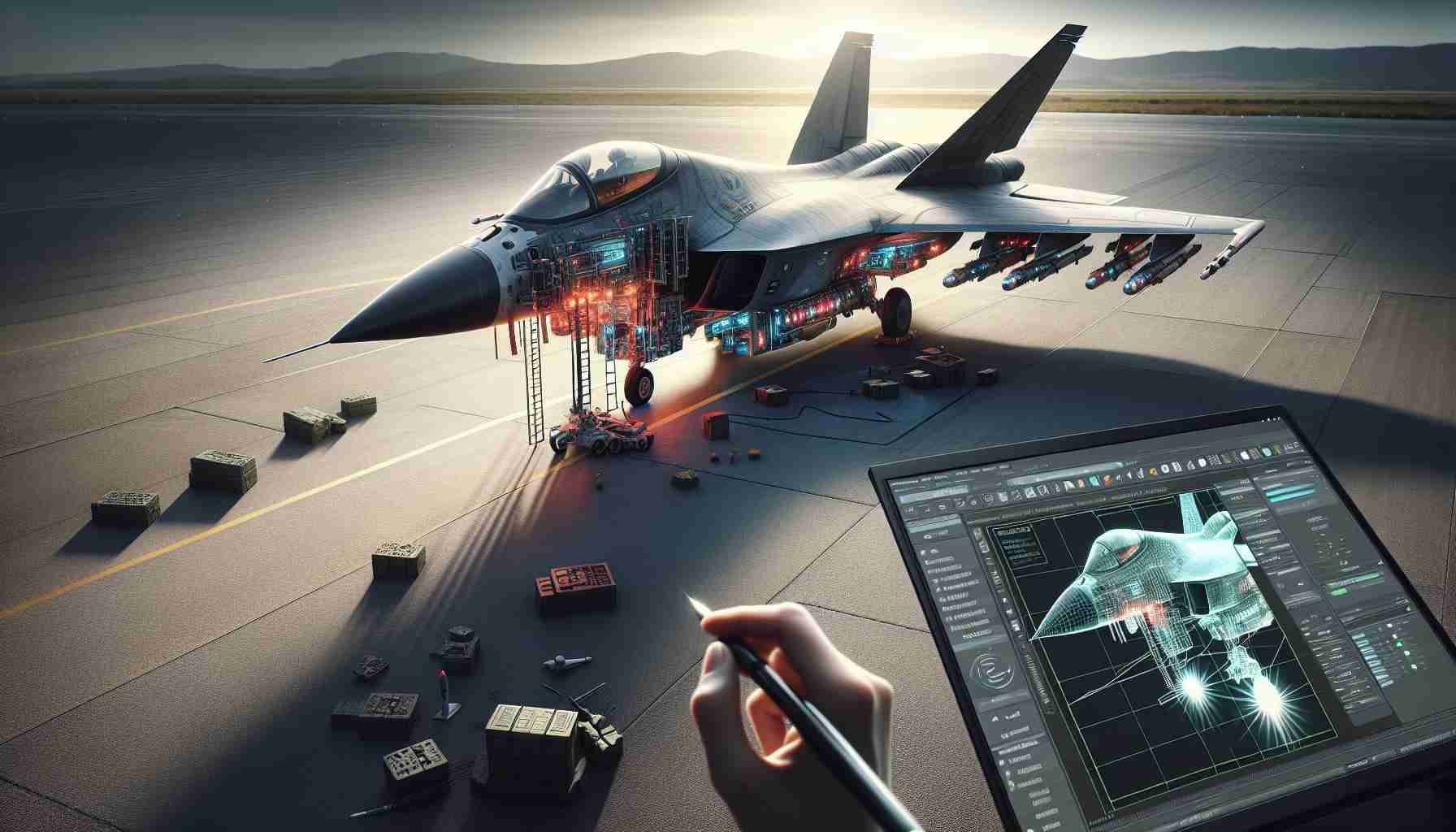In a significant stride towards bolstering Japan’s defense efforts, the aircraft carrier JS Kaga has begun a crucial phase of operational testing. The transformation from a helicopter carrier into a state-of-the-art platform capable of deploying F-35B fighter jets marks a pivotal moment for Japan’s maritime strategy.
The Maritime Shift
The JS Kaga, one of Japan’s largest warships, recently hosted test flights of the advanced F-35B jets off the coast of San Diego, California. With the support of the United States Navy and Marine Corps, these trials are set to dramatically enhance interoperability between the U.S. and Japan, fortifying their alliance in the Indo-Pacific.
A Unified Front
These tests are viewed as essential for enhancing the capabilities of Japan’s Self-Defense Forces. The modifications to the Kaga—particularly to its deck and bow—are designed to support vertical takeoffs and landings, demonstrating a strong deterrent against regional threats. This comes at a time when China’s maritime activities continue to expand in the Pacific region.
Looking Ahead
Japan’s ambitious plan doesn’t stop with the Kaga. The Izumo-class carriers are undergoing similar modifications, with completion targets set for 2027 and 2028, respectively. As these advancements materialize, Japan awaits delivery of its own F-35Bs, further increasing its defense posture. The country aims to integrate a fleet of 42 aircraft, underscoring a significant commitment to regional stability and international collaboration.
The synergy of these modernized carriers and fighter jets marks a new era in maritime defense, showcasing Japan’s dedication to peace and strength in the face of evolving challenges.
The Unseen Consequences of Japan’s Naval Advancements
As Japan makes substantial advances in its naval capabilities with the JS Kaga now transformed for deploying F-35B fighter jets, we must consider less obvious implications of this military evolution. These developments not only reshape Japan’s defensive posture but also bring broader consequences for global geopolitics and local communities.
Impact on Regional Stability
While the advancements of the JS Kaga enhance Japan’s ability to deter potential threats, they also contribute to a shifting balance of power in the Indo-Pacific region. This move is emblematic of Japan’s desire to maintain regional stability against the backdrop of China’s expanding maritime influence. However, it may inadvertently fuel an arms race, prompting neighboring countries to boost their own military capabilities as a countermeasure. The increased militarization in the area could lead to heightened tensions, prompting questions about the long-term effects on peace and cooperation in the region.
Economic Concerns and Opportunities
The modernization of Japan’s fleet translates into significant investments in defense, potentially influencing the country’s economic landscape. Japan’s commitment to developing and integrating technologies with partners like the United States emphasizes a strong alliance, but at what cost? The financial resources allocated toward military enhancements might pose a strain on other sectors of the economy, such as healthcare and education. Conversely, these investments could stimulate sectors like technology and manufacturing, creating jobs and driving economic growth. Could the defense budget overshadow other vital areas, or will it indeed bolster economic resilience?
Environmental and Social Implications
The deployment of advanced military technology such as F-35B jets also brings up environmental concerns. The testing and operation of these jets demand significant energy resources, potentially impacting Japan’s environmental footprint in a world increasingly conscious of ecological sustainability. The presence of robust military activity may also affect coastal communities, altering fishing patterns and disrupting local economies reliant on maritime resources. How will Japan balance its defense aspirations with environmental responsibilities and the needs of its coastal populations?
Cultural Shifts and the Japanese Constitution
Japan’s maritime expansions raise questions about potential cultural shifts in a nation historically identified with pacifism since World War II. The integration of more potent military assets may lead to public debates about Japan’s post-war constitution and its focus on non-aggression. The nation might witness a philosophical divide between those in favor of fortified defenses and advocates for traditional peace-oriented strategies. How will public opinion shape government policy, and what effects will this have on Japan’s national identity?
These critical updates to Japan’s maritime force extend far beyond mere military enhancements, influencing the nation’s economy, environment, and cultural psyche. As Japan and its allies fortify regional defenses, policymakers must navigate these multifaceted challenges prudently.
For further insight into the implications of Japan’s naval developments, readers can explore additional information at Japan Times and Nikkei Asia.























